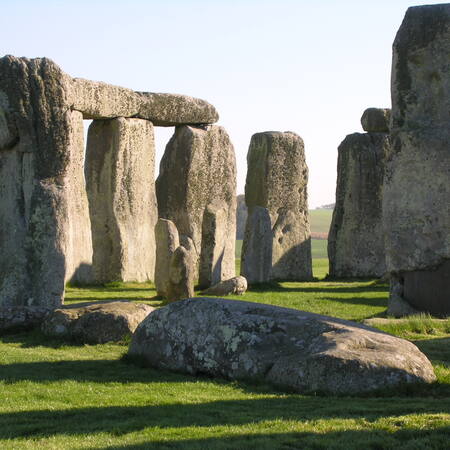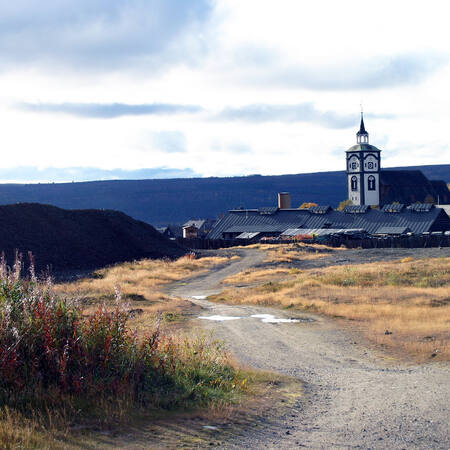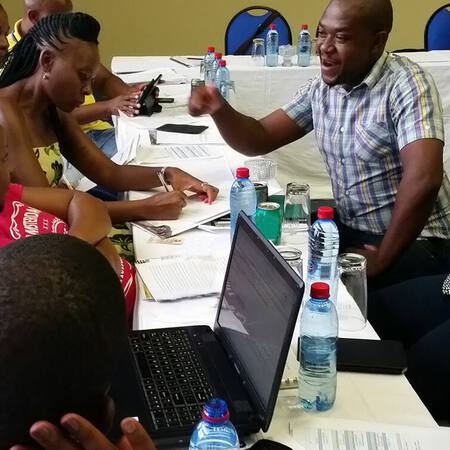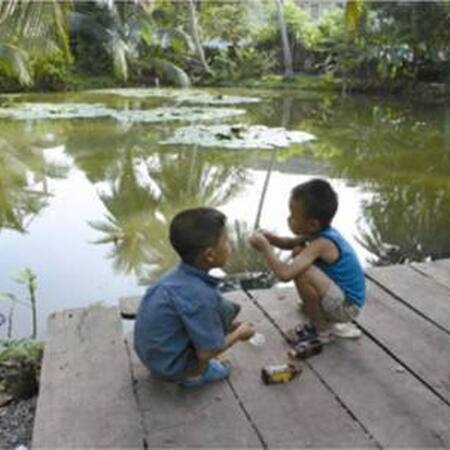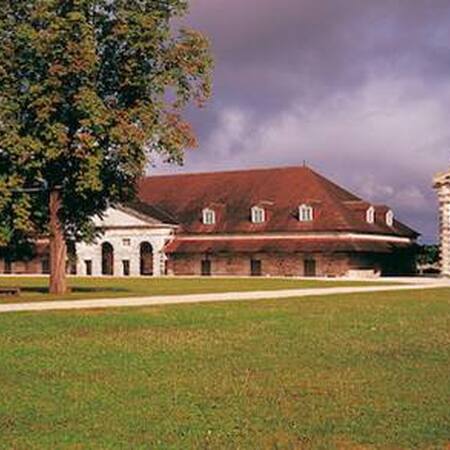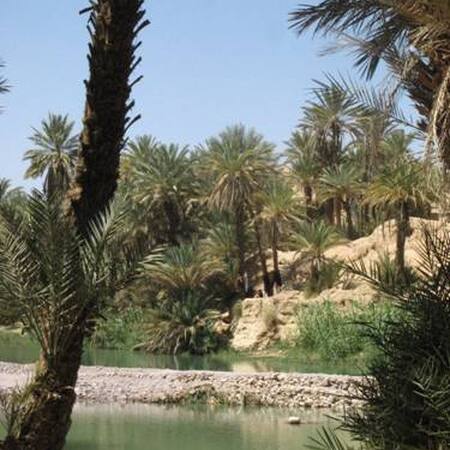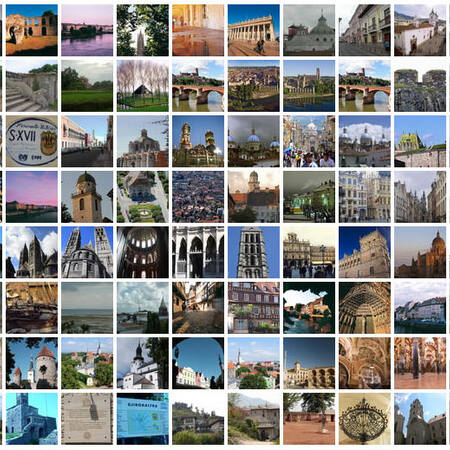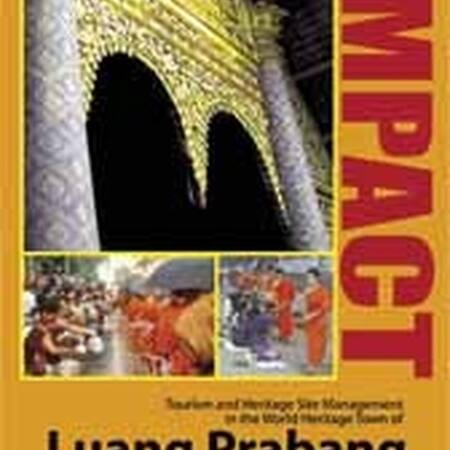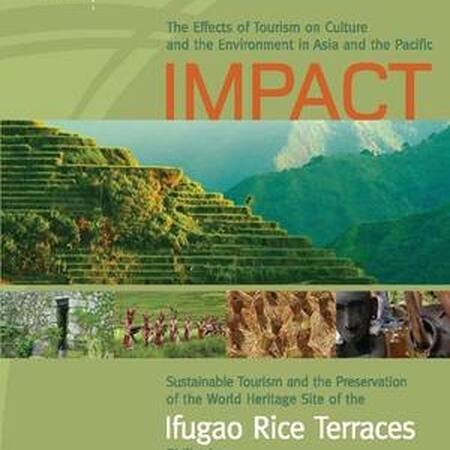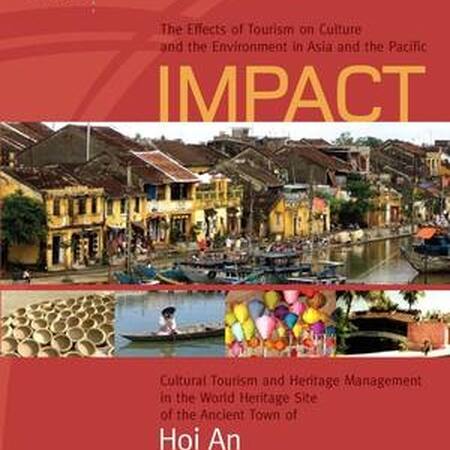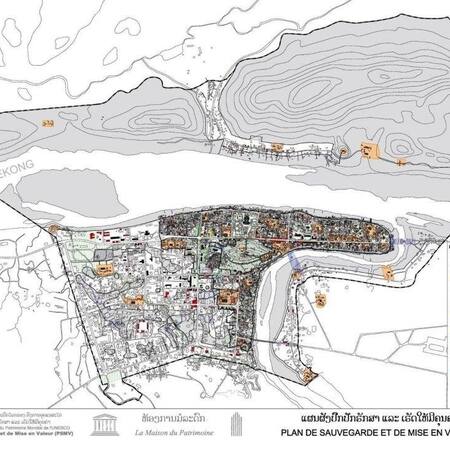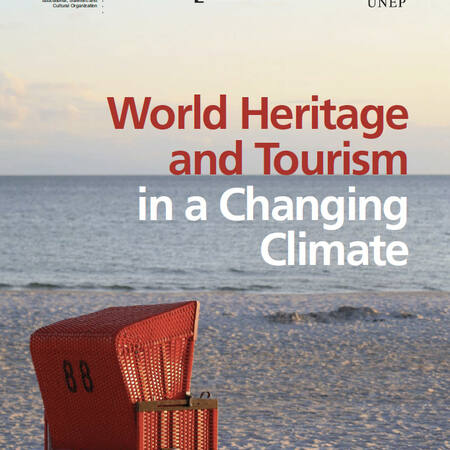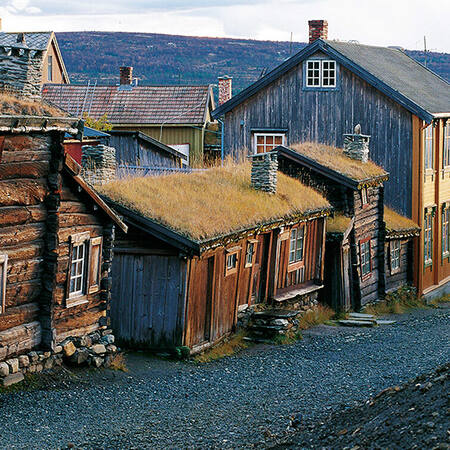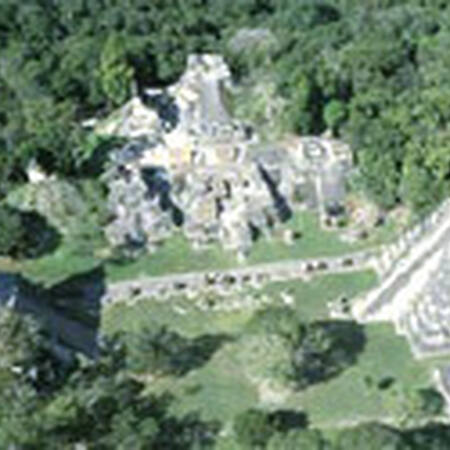Guide 4 – Case Study: Avebury World Heritage site, Wiltshire (United Kingdom)
Avebury stone circle or ‘henge’ lies at the centre of half the Stonehenge, Avebury, and Associated Sites inscribed as World Heritage. It is the sister-site to the perhaps more widely recognizable monument: ...
Guide 4 – Case study: Great Barrier Reef (Australia)
Coral reefs around the world are threatened both by natural and anthropogenic factors, with tourism having an important role in the latter. Direct impacts in coral reefs are related with badly managed tourism ...
Guide 5 – Case study: Røros Mining Town and the Circumference (Norway)
In was back in 1922 when the Chief Inspectorate of Ancient Monuments and Buildings (Riksantikvaren) first understood the potential value of Røros Mining Town heritage. At that time, a recommendation of protection ...
Sustainable Tourism Capacity Building
In the framework of the World Heritage and Sustainable Tourism Programme (WH+ST Programme), the UNESCO World Heritage Centre has developed a capacity building tool for site managers (“How To” Guides) to help them ...
The France-UNESCO Cooperation Agreement, similar to the technical cooperation provided to the Town of Luang Prabang in the Lao People's Democratic Republic, has provided technical and financial support to national ...
Heritage and poverty alleviation (Senegal, Benin, Lao People's Democratic Republic, China, Guyana)
Urban heritage preservation policies, when separated from development strategies, can lead to a marginalization of the poorest populations. Constraints caused by regulations, in the absence of assistance mechanisms, ...
Seminar at the Royal Saltworks of Arc-et-Senans (France) on Tourism and World Heritage Sites
An international expert meeting focusing on “Tourism and World Heritage Sites” was held from 6 to 8 March 2008 at the Royal Saltworks of Arc-et-Senans, France. (The Saltwork is part of a property inscribed on the ...
Preparatory assistance for the inscription of the Southern Oasis of Morocco
At the initiative of the Permanent Delegation of Morocco and the “Agence pour la promotion et le développement économique culturel et social des provinces du Sud du Royaume du Maroc” (agency for the economic, ...
Case Studies on the Conservation and Management of Historic Cities
Since 2008, the World Heritage Centre, within the framework of the France-UNESCO Cooperation Agreement, supported and participated in the initiative “Developing Historic Cities: Keys for Understanding and Taking ...
IMPACT publication: Luang Prabang
The first in a series of studies examining the impact of tourism on culture and the environment in selected sites in the Asia-Pacific region, this IMPACT publication: Tourism and Heritage Site Management in the ...
This publication focuses on the impacts of tourism on the Rice Terraces of the Philippine Cordilleras, an outstanding model of sustainable use of limited land resources, using traditional knowledge-based technology ...
Developing a Sustainable Tourism Strategy for the Silk Roads Heritage Corridors
Developing a Sustainable Tourism Strategy for the Silk Roads Heritage Corridors © UNESCO / Roland Lin Acclaimed as the ‘greatest route in the history of mankind’, the ancient Silk Road formed the ...
This publication examines the impacts of tourism in the World heritage site of the Hoi An Ancient Town, an exceptionally well preserved example of a traditional Asian trading port and an outstanding material ...
The technical cooperation for the protection, enhancement and development of the Town of Luang Prabang, Lao People's Democratic Republic, is a remarkable example of tripartite cooperation between the Lao People's ...
Entitled “The Power of Culture: Supporting Community-Based Management and Sustainable Tourism at World Heritage sites in South-East Asia, the UNESCO Office in Jakarta with the technical assistance of the UNESCO ...
World Heritage and Tourism in a Changing Climate
This report provides an overview of the increasing vulnerability of World Heritage sites to climate change impacts and the potential implications for and of global tourism. It also examines the close relationship ...
Towards a Nordic-Baltic pilot region for World Heritage and Sustainable Tourism
The project Towards a Nordic-Baltic pilot region for World Heritage and Sustainable Tourism (2012-2014) was initiated by the Nordic World Heritage Foundation (NWHF). With a practical approach, the project has ...
Linking Biodiversity Conservation and Sustainable Tourism at World Heritage Sites
The US$3,5 million aims to link the conservation of biodiversity with sustainable tourism at six World Heritage sites: El Vizcaíno (Mexico), Komodo (Indonesia), Río Plátano (Honduras), Sian Ka'an (Mexico), Tikal ...
